|
The purpose of restaurant apps is evolving. According to research from App Annie, Gen Z, as compared with other generations, is 30 percent more engaged in apps that aren’t about gaming and other forms of entertainment. Instead, they value apps that are key to the mobile checkout process and help to keep them loyal to and engaged in a brand. Last year, Americans overall spent 140 percent more time in food and drink apps than they did during the two years prior to that. While there are certainly more apps joining the market that help account for that growth, operators are also becoming more savvy about guest engagement. Connecting with consumers and elevating their level of engagement is less about having an app that entertains and more about providing a simple, relevant, customizable experience whether the person is accessing the restaurant online or in person.
Finding and retaining talent is a perennial challenge for restaurants, and the millennial generation’s reputation for favoring flexible work arrangements stands to make things more difficult for the industry. So instead of fighting the inevitable, why not embrace it? If you’re able to adjust your labor model to accommodate a regular influx of temporary or even one-time staff of various skill levels (and particularly if you’re located in a metropolitan area) technology is quickly making it possible for restaurants to fill staffing gaps with skilled people. A recent report from Bloomberg Businessweek offered up the example of Pared, a staffing app founded by two tech and restaurant veterans that enables operators to fill last-minute staffing needs. What began as a Bay-area resource for finding dishwashers and prep cooks has since expanded to new cities (they aim to be in all major U.S. metro markets by next year) and to roles including servers, baristas and oyster shuckers. Operators are able to request various levels of experience as well. While some operators have found the app costly — a skilled worker can walk into a restaurant for one night and make a higher hourly wage than a longtime cook — they acknowledge that insurance, taxes, overtime and hiring costs make apps like Pared a viable alternative to hiring staff. As Wade Moises, executive chef of Rosemary’s in New York noted in the report, “Thinking about Pared now, I’m not sure if I should fire my whole staff or quit myself.”
You are throwing money away. That’s one lesson Google has learned since it began partnering with Leanpath to measure and track the food waste it generates when serving 200,000 meals in its cafés each day. Fast Company reports that Leanpath provides equipment that can display the monetary value of wasted food, which has provided Google chefs with some extra motivation to be resourceful with ingredients. It has also helped them make adjustments such as cooking items in batches, offering smaller plates and using shallower serving pans to minimize waste without sacrificing the appearance of abundance. Google employees play a role too. At certain Google cafés, Leanpath equipment can measure wasted food where employees return their plates. Those measurements feed a digital display employees can see when ordering food and deciding how large of a portion they’d like. (Leanpath is just one company in this business — Winnow is another to check out.)
The National Restaurant Association’s State of the Industry report made a telling statement about the current and future impacts of technology on the restaurant industry. Hudson Riehle, who heads the research and knowledge group at the association, recently reported that delivery, drive-thru and takeout represent 63 percent of restaurant traffic this year, and as a result, the association will now be looking at the industry in terms of “points of access” and not numbers of locations. “The basic paradigm of what constitutes a restaurant in America is changing, and will continue to evolve in the years ahead,” he said.
A cloud-based point-of-sale system has plenty of benefits, allowing you to access your system from anywhere and manage your data even when your Internet is down. But as a Cake report points out, other benefits of these systems may also make for happier employees. By having the ability to review dynamic reports stored in the cloud, you can readily identify your busiest and most profitable shifts and then make changes as needed. Your staff, in turn, can make their own changes so they have the shifts they want and can easily trade the ones they don’t — and you’re not caught short-staffed. Beyond that, your cloud-based system can track what your employees earn. At a glance, you can identify who is bringing in the most sales, then reward (and have a better chance of retaining) those who are best for your business.
Are your accounting practices still paper-heavy and technology-light? Automating your processing of invoices can unlock a number of real-time benefits for your business, according to a Restaurant Nuts report. For one, automating your invoices can help you capture data by line item and decrease the number of manual processes you must manage, which allows you to spend more time on other parts of your business. You can track inventory prices (in addition to your other bills) in real time, so you can make adjustments to your ingredients or menu pricing as soon as they’re needed and not have to play catch-up. The same goes for waste — an automated system can help you see what’s selling and what’s not so you have a better handle on the supplies you need, and if you ever have to reject a shipment, you can make sure you keep on top of any credit given to you by a vendor.
|
Subscribe to our newsletterArchives
July 2024
Categories
All
|
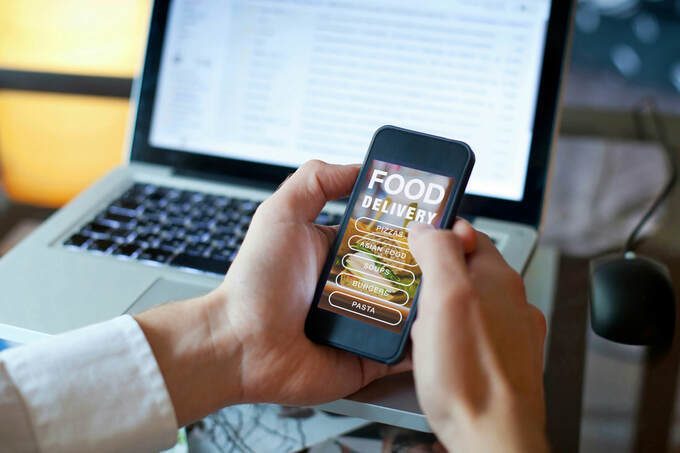
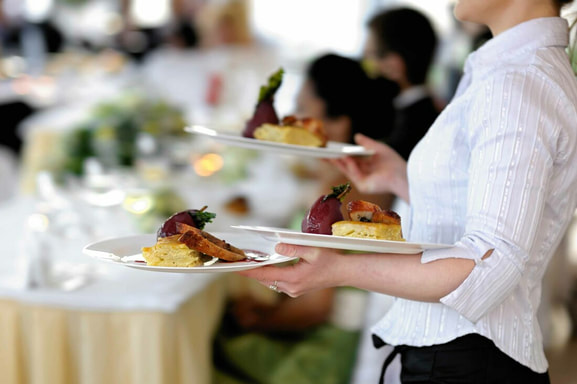

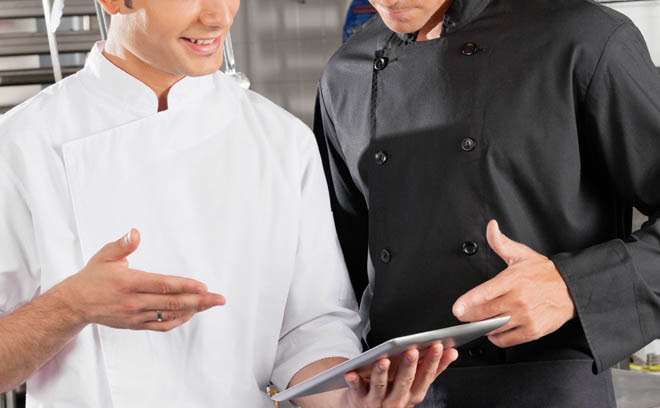
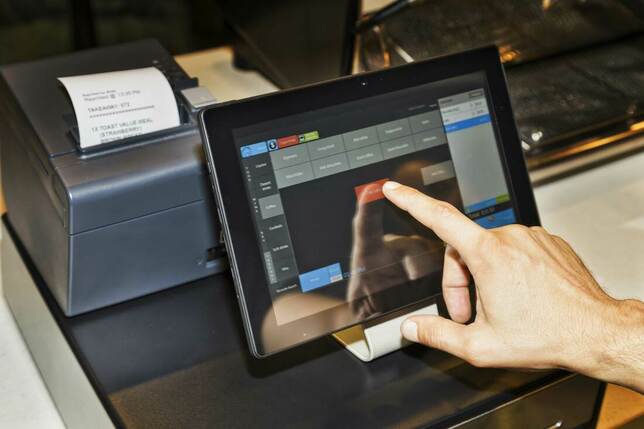



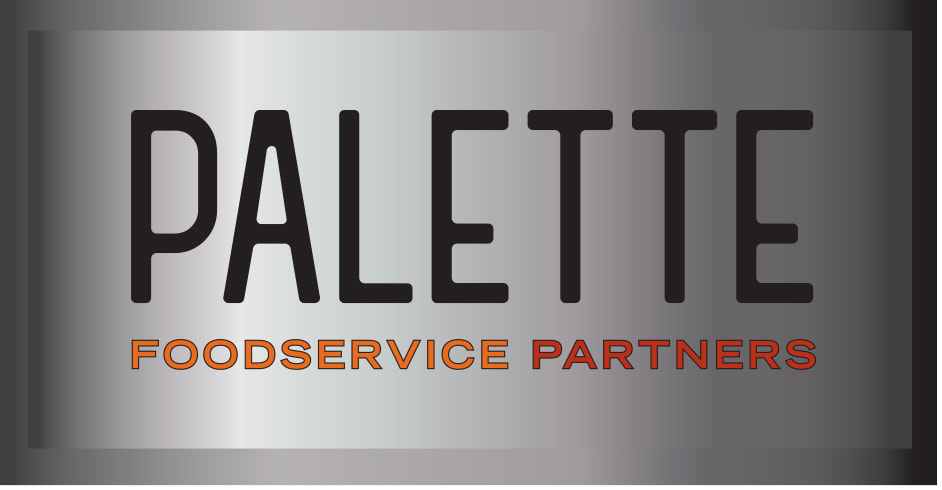
 RSS Feed
RSS Feed